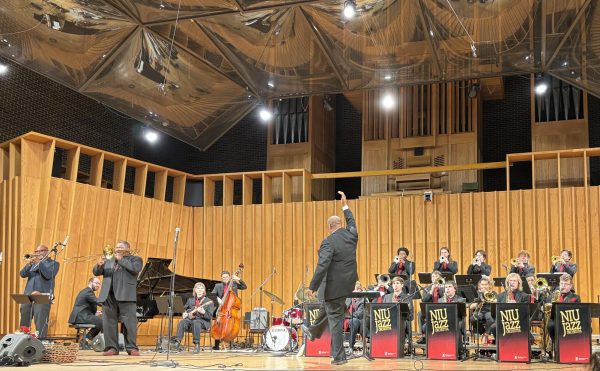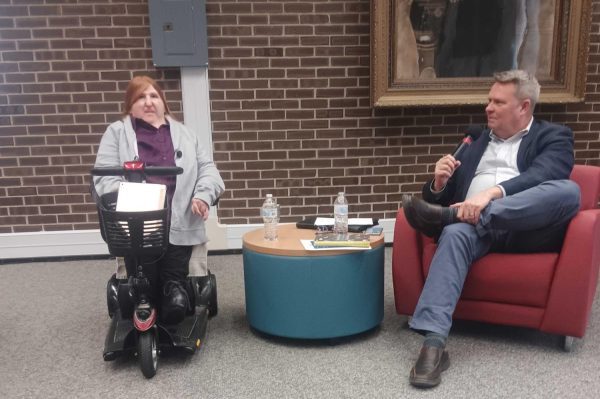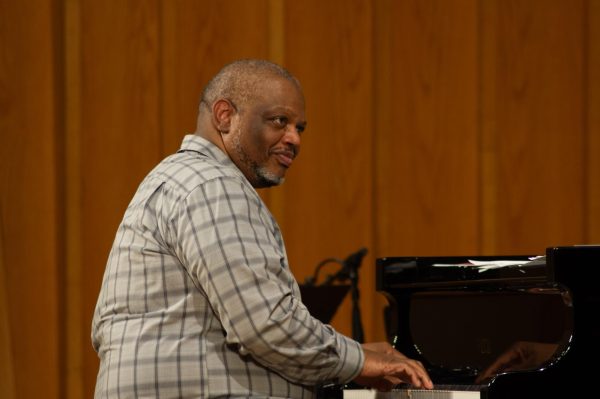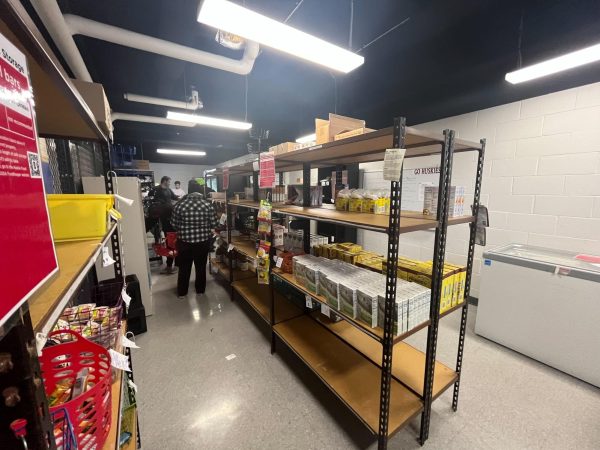Art museum celebrates Southeast Asia
August 28, 2012
Music is an aural art, but some instruments are worthy of a display case.
Music for the Divine, an exhibit featuring musical instruments from Burma, runs Tuesday through Friday 10 a.m. to 5 p.m. and Saturday 12-4 p.m. through Nov. 17 in the South Gallery of the NIU Art Museum, located in the west end of the first floor of Altgeld Hall. Admission is free.
The exhibit was curated in conjunction with two major international conferences coming to NIU this fall: Imagining Cambodia September 14-16 and the International Burma Studies Conference October 5-7.
This is the first time Imagining Cambodia will be held in the United States, said Judy Ledgerwood, director of the Center for Southeast Asian Studies. NIU is organizing the conference because of the university’s strong Cambodia studies program, she said.
The art museum embraced the fact that the university will be getting a lot of outside attention.
“Knowing there were a number of Southeast Asian conferences on campus this semester, and knowing that this is the 50th anniversary of the Center for Southeast Asian Studies at NIU, and the fact that this was our year to show works from the Burma Collection at the NIU Art Museum–we do this every two years–it was a natural fit and way to participate with other departments on campus,” said Jo Burke, director of the NIU Art Museum.
Burke said the pieces are predominately from the Burma Collections at NIU, but there are also contributions from the Denison University Art Gallery in Granville, Ohio, and other private collections.
Catherine Raymond, director of the Center for Burma Studies, curated the exhibit. She decided to focus on Burmese musical instruments because she studied them with her students in the art history department in spring 2012, she said.
Raymond said music is an interesting topic because it can involve so many areas of culture–religion, rebellion, politics and more.
“Because of that, I thought it was a wonderful subject to express in art,” she said.
Many of the instruments on display include a description of how they are used in Burmese culture. For example, the triangular gongs pictured at the entrance of the exhibit are used for religious purposes to signify the completion of a merit or to announce the procession of monks. Another example is Karen ceremonial bronze drums, which are featured in a room in the back corner of the gallery. These drums are used at festivals and ceremonies, but their main use is to guide spirits to the heavens during burials.
Raymond encourages students to visit the exhibit because of the unique pieces rarely seen in western culture.
“I think it will open their minds,” she said. “They’ll see a different style of music and a different way of using music.”











